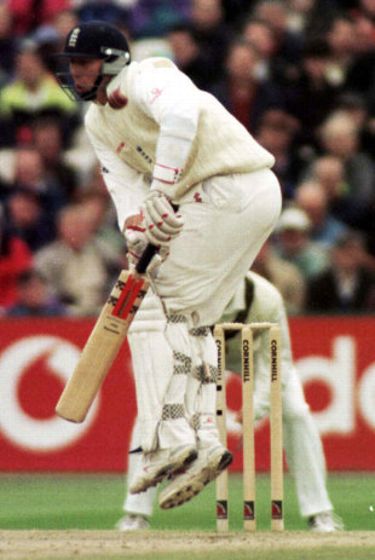mr_mister
Cricket Web: All-Time Legend
So, we ended up receiving 29 eligible lists. 2 people submitted lists in 'no order' so I couldn't count them unfortunately.
42 individual batsmen featured on at least 1 list, of these 32 featured on at least 2, so I used featuring on 2 lists minimum as the cut-off criteria for the list.
Now, before the point is raised later by someone, this list could potentially cause controversy. I asked for people to nominate their best test batsmen and quite a few people took that to mean they could encompass all FC records while some people outright stated they were only including test achievements. In some of my previous lists I said to take on board as much FC weighting as you deem necessary, this time I didn't make that clear which is my mistake. So this list might not be a perfect representation of CW's opinion.
So there are players on this list who didn't play many tests, but enough people thought that was due to reasons out of their control and that they were still higher quality batsmen then some who played many tests. It is what it is. Some people value quality heavily over quantity, some value longevity heavily over averages, we can't get things perfect.
Anyway enough of that, the list will begin next post.
One more thing, I've actually started an online TAFE course during lockdown which requires a lot of time, so if this list does seem to be moving too slow at times, that's why. I will try my very best to finish it as quickly as possible though and I can assure everyone I will finish it at some point, hopefully within a month. The main issue I didn't finish my last list was not having access to a computer and foolishly trying to attempt to do it on an ipad. No such issue this time.
42 individual batsmen featured on at least 1 list, of these 32 featured on at least 2, so I used featuring on 2 lists minimum as the cut-off criteria for the list.
Now, before the point is raised later by someone, this list could potentially cause controversy. I asked for people to nominate their best test batsmen and quite a few people took that to mean they could encompass all FC records while some people outright stated they were only including test achievements. In some of my previous lists I said to take on board as much FC weighting as you deem necessary, this time I didn't make that clear which is my mistake. So this list might not be a perfect representation of CW's opinion.
So there are players on this list who didn't play many tests, but enough people thought that was due to reasons out of their control and that they were still higher quality batsmen then some who played many tests. It is what it is. Some people value quality heavily over quantity, some value longevity heavily over averages, we can't get things perfect.
Anyway enough of that, the list will begin next post.
One more thing, I've actually started an online TAFE course during lockdown which requires a lot of time, so if this list does seem to be moving too slow at times, that's why. I will try my very best to finish it as quickly as possible though and I can assure everyone I will finish it at some point, hopefully within a month. The main issue I didn't finish my last list was not having access to a computer and foolishly trying to attempt to do it on an ipad. No such issue this time.
Last edited:







